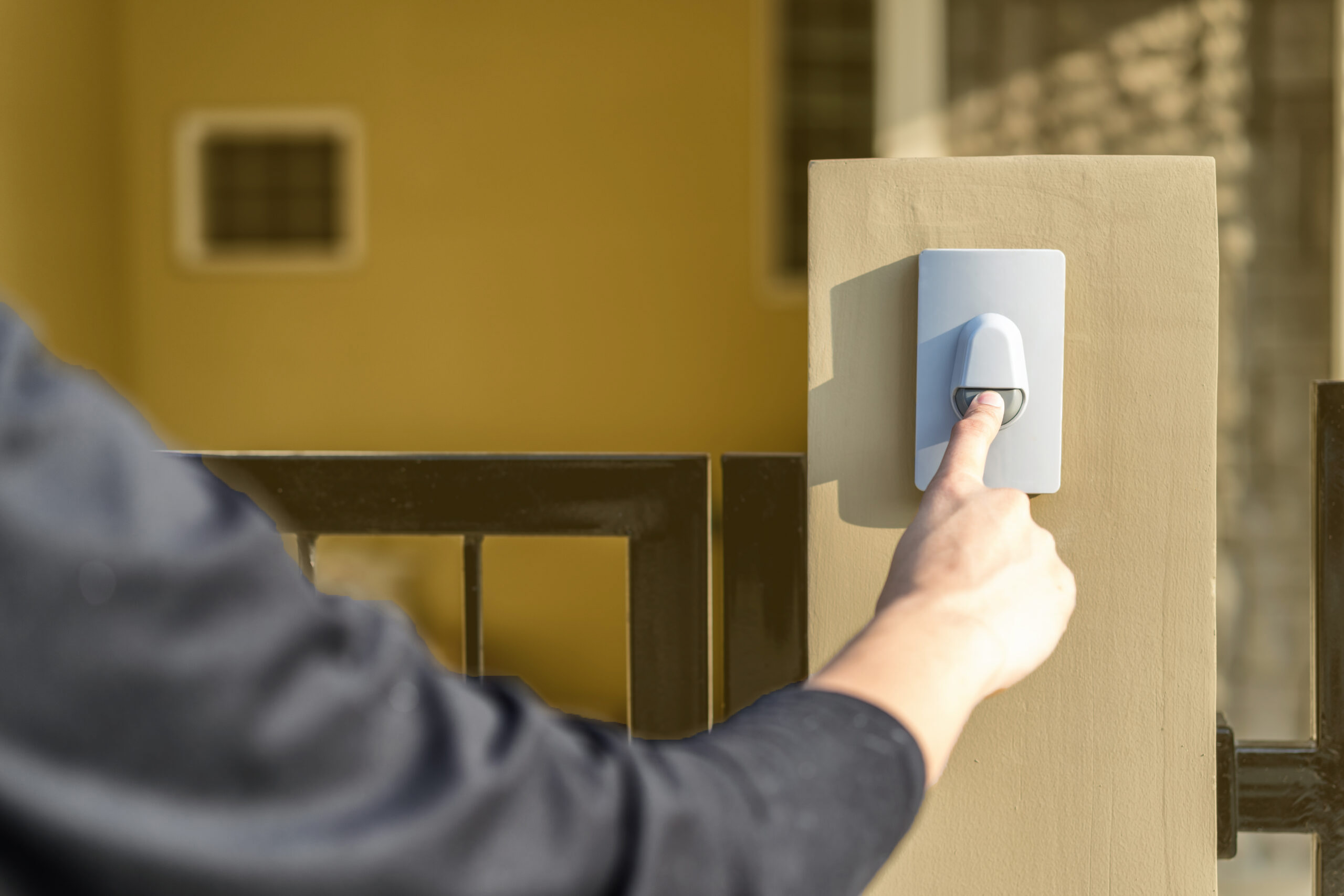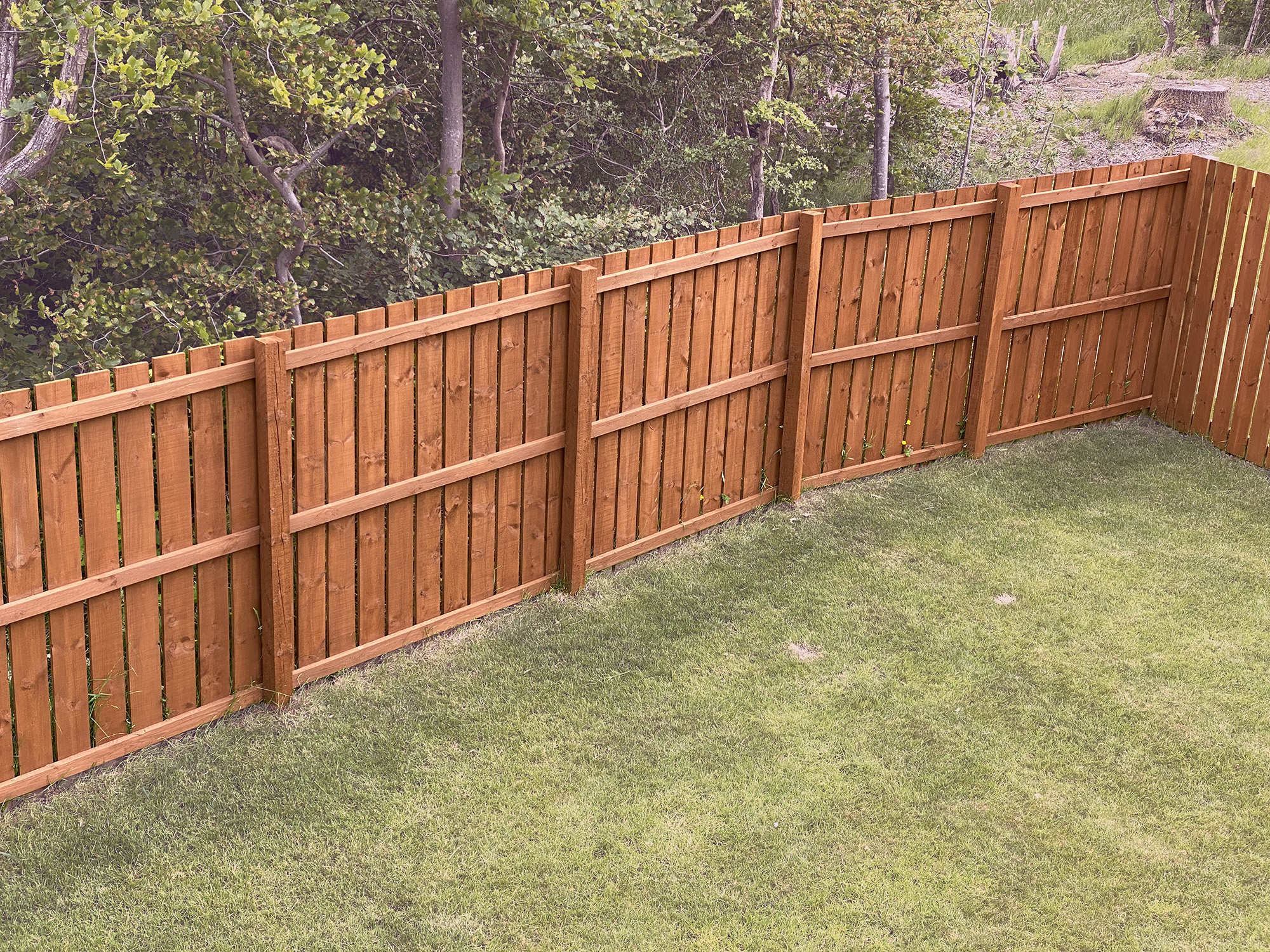PaintScout Guides
Insights that move your business forward.
Explore articles packed with tactics, tools, and real-world advice to help you quote faster, close more jobs, and scale your painting business with confidence.

How to Estimate Exterior Painting Jobs
Painting may be an art, but estimation is a science. You might have a good feel for it, or know from experience how long it’ll take you to paint an exterior, but what about when you hire a new estimator, or have new painters who work at different speeds?

How to Handle Price Objections
If you’re a painting sales professional, it’s not a matter of if you’ll experience a price objection, but when. The good news is that there are specific strategies you can use to get ahead of these objections, better understand…

9 Ways to Generate Leads in the Slow Season
If you’re like most painting business owners or sales representatives, you’re feeling the stress that comes from a perceived lack of control about bringing in work in the “slow season.” Here are 9 key things you can start doing to generate more business today.

The Power of Offering Options
Are you looking for an extra spark in your sales process that will convince your customers that your business is the one that will turn their house into their dream home? The secret is…

Top Painting Companies Don’t Guess on Pricing
When asked to estimate a painting project, do you have a solid system you use each time? Or are you mostly “guessing” based on past experiences? If you’re in the camp of mostly guessing, you’re not alone! There is a solution, however, and it’s called…

The Worry-Free Way to Estimate a Fence
Picture this: you’ve been asked to provide an estimate for a fence staining project. You’re excited and quick to jump at the opportunity. Not wanting to...

Podcast
Listen to the Price. Sell. Paint. podcast.
Jon Bryant & Michael Murray use their combined 30+ years of experience in the painting industry to dig deep into finding the tools, tactics, and tricks to help you succeed.
Ready to get started?
We’d love to give you a live, detailed rundown of PaintScout 1:1 with one of our Client Success Coaches.
